How to Optimize the Texture and Color of Bread and Cakes Using an Oven
Achieving the perfect texture and color in bread and cakes is essential for creating visually appealing and delicious baked goods. The right techniques, paired with proper oven usage, can significantly improve the quality of your products. Here are practical tips for optimizing the texture and color of bread and cakes:
1. Precise Temperature Control for Consistency
-
Bread: Set the oven to the ideal temperature (typically 200–230°C / 390–450°F for most bread types) to ensure a golden crust and a soft interior. Sudden temperature changes can lead to uneven rising.
-
Cakes: Bake at a steady, moderate temperature (160–180°C / 320–350°F) to avoid cracking or collapsing. Lower temperatures may be needed for delicate sponges.
-
Tip: Use an oven thermometer to verify accuracy, as built-in thermostats can sometimes deviate.
-
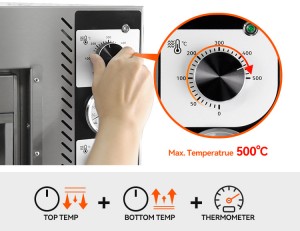
2. Utilize Steam for Bread Baking
Adding steam during the initial baking phase enhances the texture and appearance of bread:
-
Benefits: Steam keeps the surface moist, allowing the dough to expand fully and develop a shiny, crisp crust.
-
How to Add Steam: Use a steam oven or place a tray of water at the bottom of the oven. Alternatively, spray water inside the oven just before loading the dough.
-
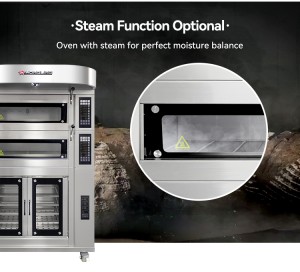
3. Adjust Baking Time for Desired Results
-
Bread: For darker crusts, extend the baking time slightly and reduce the temperature toward the end. This allows for caramelization without burning.
-
Cakes: Check for doneness using a toothpick or skewer; adjust baking time based on the cake’s size and type. Avoid overbaking to keep the cake moist.
-
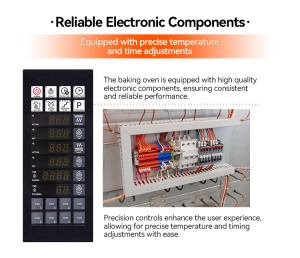
4. Position Items Correctly in the Oven
-
Bread: Bake on the middle rack to ensure even heat distribution. Use a baking stone or preheated baking tray for extra crustiness.
-
Cakes: Place cakes on the center rack to avoid direct heat from the top or bottom, which can lead to uneven browning or dryness.
-
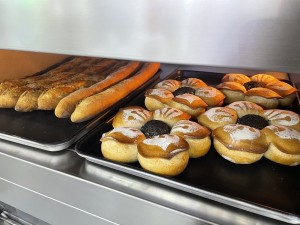
5. Optimize Air Circulation
-
Convection Ovens: Use the fan-assisted mode for even heat distribution, which prevents uneven browning and ensures consistent texture.
-
Traditional Ovens: Avoid overcrowding to allow proper air circulation around each item.
-
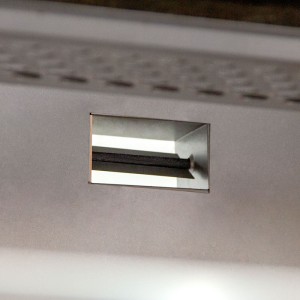
6. Choose the Right Bakeware
-
Bread: Use dark, heavy-gauge pans for better heat conduction and browning.
-
Cakes: Use light-colored pans to prevent over-browning. Line pans with parchment paper to prevent sticking and ensure even baking.
7. Enhance Flavor and Appearance with Proper Ingredients
-
Bread: Use high-quality flour and consider adding ingredients like milk or sugar to enhance browning and softness.
-
Cakes: Incorporate fresh ingredients like butter and eggs at room temperature for a creamy texture. Vanilla extract or citrus zest can boost flavor and aroma.
8. Rest After Baking
-
Bread: Allow the bread to cool on a wire rack to maintain a crisp crust while preventing sogginess.
-
Cakes: Let cakes cool in the pan for 10–15 minutes before transferring to a rack to avoid cracking or breaking.
9. Experiment with Oven Settings
-
For bread, use "bottom heat" during the final minutes to ensure a well-baked base.
-
For cakes, switch to "top heat" briefly for a golden finish, but avoid overdoing it to prevent dryness.
10. Monitor and Adjust Based on Feedback
Keep a baking journal to record oven settings, baking times, and results for each recipe. Adjustments based on experience will help you consistently produce bread and cakes with optimal texture and color.
Conclusion
Mastering the art of baking bread and cakes involves understanding your oven and applying precise techniques. By controlling temperature, utilizing steam, selecting the right bakeware, and adjusting baking times, you can create baked goods with excellent texture, color, and flavor.
If you’re looking for advanced commercial ovens with customizable settings to enhance your baking, feel free to contact us for expert advice!




